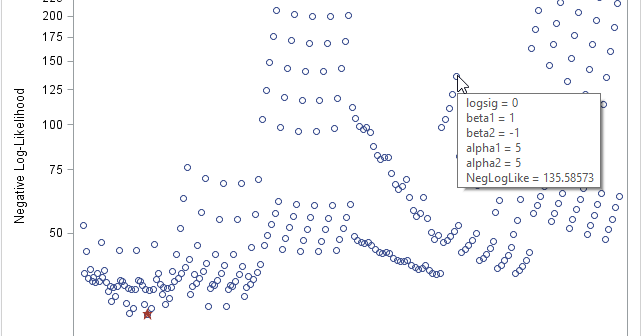
Video killed the radio star.... We can't rewind, we've gone too far. -- The Buggles (1979) "You kids have it easy," my father used to tell me. "When I was a kid, I didn't have all the conveniences you have today." He's right, and I could say the same







